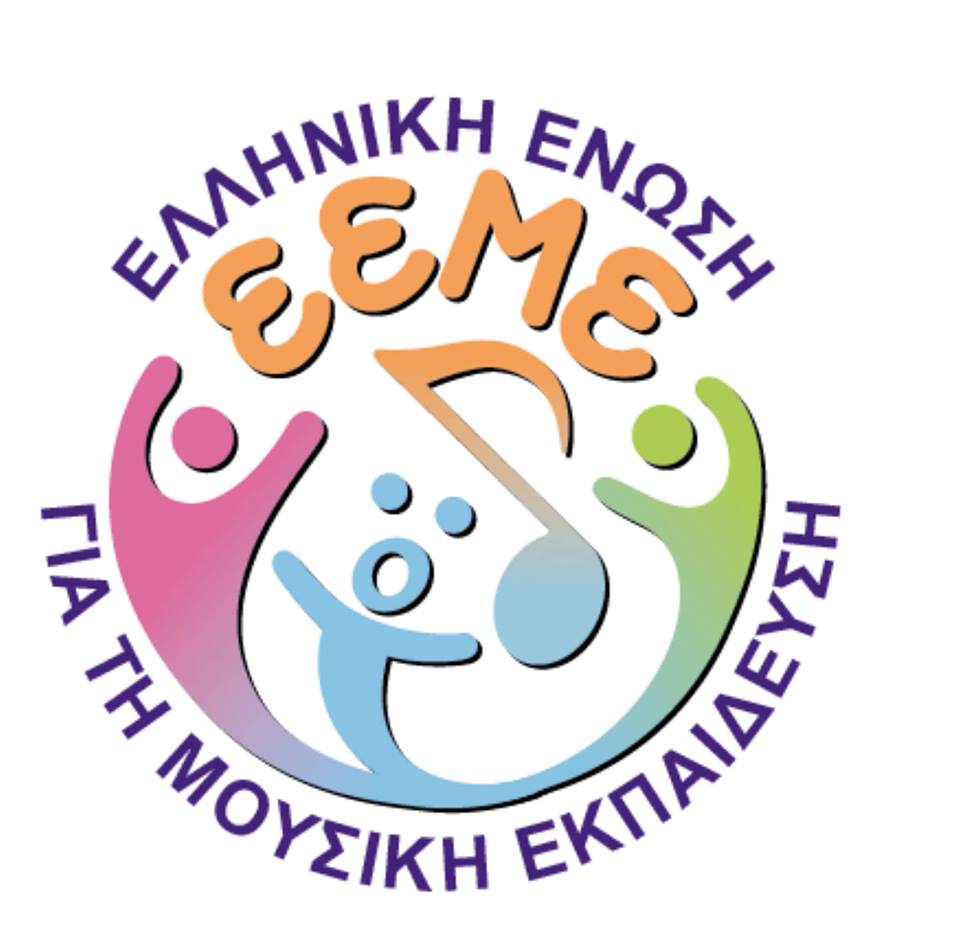MUSICAL PEDAGOGIS, issue 12, 2014
CONTENTS
|
Editorial |
4 |
|
Zoe Dionyssiou: Musical life in the Greek family with children between 0-6 years old |
9 |
|
Eleni Tsakiridou, May Kokkidou: Music and TV Commercials: semiotic analysis and suggestions for application in music education |
34 |
|
Anargyros Karapetsas, Irini-Rodopi Laskaraki, Nikos Zygouris: Evaluating the musical aptitude of children with specific disabilities |
56 |
|
Ioannis Laskos, Sevi Mazera: The teaching methods of Ecclesiastical Music- Psaltic Art (10th-19th centuries) |
73 |
|
Yannis Stavrou: « How Greek children were taught in the past»: Teaching of music in education in the 19th century |
99 |
Musical life in the Greek family with children between 0-6 years old
Zoe Dionyssiou
Parents’ singing to their babies is a natural reaction of parents communicating with their child, which is similar in most cultures. What is the role of music in the Greek family today? Do parents sing? Do they play musically with their children? What music do they listen to? How does music accompany children’s upbringing? These are the basic questions that the current research explores. We try to examine those practices in relation to the findings of the related research literature.
Music and TV Commercials: semiotic analysis and suggestions for application in music education
Eleni Tsakiridou, May Kokkidou
Music is a rich semiotic system, a system of signs whose semantic value depends largely on denotations and connotations (Tagg, 2012). In the sphere of communication, in a pragmatic manner, the musical message is formed (encoded) by the sender and interpreted (decoded) by the receiver through semiosis. Today we are experiencing the commercialization of music, the birth of new genres, and the increase of the communication through music due to the evolution of technology. In addition, music is present in everyday life through television advertising. However, music semiotics has not been focused in a systematic way on the analysis and interpretation of music in television advertisements. In this paper we focus on the functional role of music in television advertisements. Our analysis emphasizes the use of music in the context of the TV advertisements and reveals the connotations of music genres and the connotative meaning of music. The results presented in this article can be used by music teachers and general education teachers as well, in order to help students stand critically against the mechanisms of the advertising industry, rather than being passive receivers. If a student is able to perceive the music as a "code" of communication in the broadcast media and understand how to decode it, then she/he will be able to hear any music actively, more consciously and, above all, critically.
Evaluating the musical aptitude of children with specific learning disabilities
Αnargyros V. Κarapetsas, Irini-Rodopi M. Laskaraki, Nikos C. Zygouris
A strong causal relationship between musical skills and literacy skills seems to occur, as this is supported by many conducted researches in children with Specific Learning Disabilities (SLD) and normal readers. Children with dyslexia display deficits and poor performance mainly in two basic musical skills: pitch perception and rhythm perception. The objective of the current study was to assess the music aptitude of second-, third-, and fourth-grade students with dyslexia (N=10) and compare their performance to that of normal readers (N=10) matched to the same age and gender. Musical aptitude was measured using the PMMA (Primary Measures of Music Audiation (Gordon, 1979) standardized by Stamou, Schmidt, & Humphreys, 2006. Results showed statistically significant (p<0.05) differences between the two groups, with the children with dyslexia displaying lower performance than the typical readers in both PMMA subtests. From the statistical data analysis it can be concluded that children with dyslexia display statistically significant lower performance in both tests of musical aptitude, thus rhythm and melody discrimination. Similar results have been confirmed by other studies (McGivern et al., 1991· Besson et al., 2007· Forgeard et al., 2008). The results of the present protocol are used as a pilot study that is in progress by the Laboratory of Neuropsychology, University of Thessaly.
The Teaching Methods of Ecclesiastical Music - Psaltic Art (10th-19th centuries)
Ioannis Liakos, Sevi Mazera
The Psaltic Art since the introduction of the written system of musical notation (10th century) is taught by great figures of compositors and masters. The continuous presence of the millennium old, written byzantine musical culture was accompanied by parallel efforts to find ways of teaching and applying the Psaltic Art. Methods of teaching music have thus appeared, combining the theoretical with the practical aspects of learning are included: in some significant theoretical manuals during the myzantine and post-byzantine period, the final text of the prοtheories in a common tradition as we know from the majority of manuscripts and the methods of the ‘theses’.
“How Greek children were taught in the past”: The teaching of music in education in the 19th century
Yannis Stavrou
The influence exerted by the West on the Greek education and overall organizational weakness of the newly established Greek state was one of the key factors shaping the educational reality in the 19th century. In the course of music the foreign influences catalyst was mainly regarding the origin and style of songs. The theme song was influenced by the general aims of education for cultivating moral, religious and secondarily -later- the national consciousness. However, the lack of curricula, inadequate training of teachers and the general perception prevailing in society for music led to the deterioration of the course which for a long time or not taught, then, at best, treated as "secondary 'course, as a casual activity in national and other celebrations.





 Please wait...
Please wait...